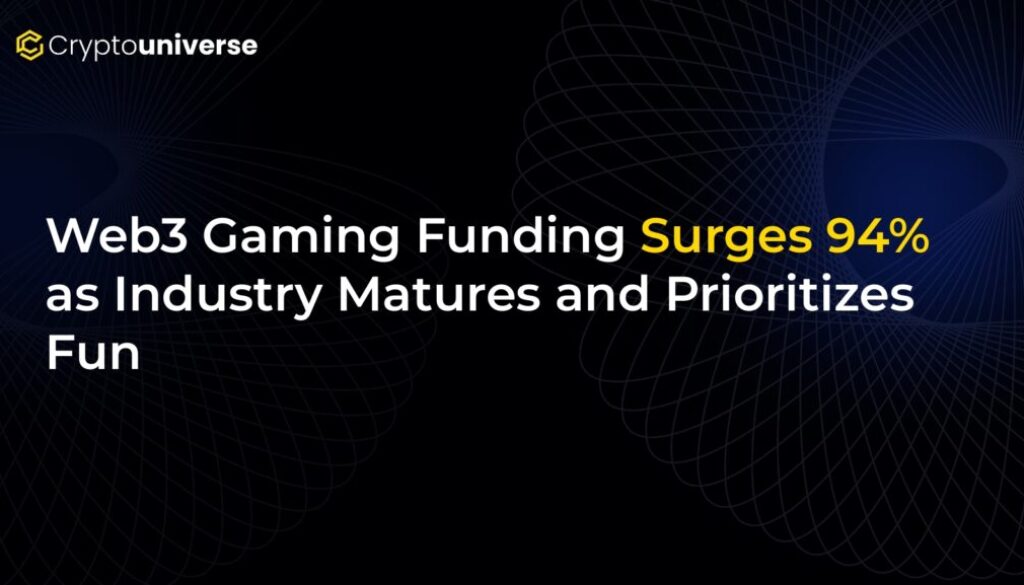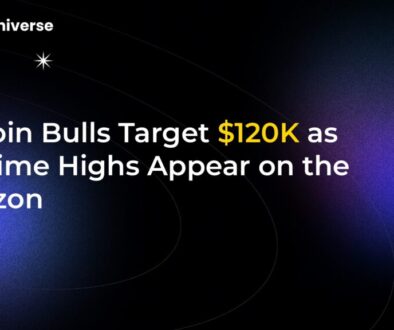Web3 Gaming Funding Surges 94% as Industry Matures and Prioritizes Fun

A Resounding Rebound: Investor Confidence in Web3 Gaming is Back
After three months of declining investment, the Web3 gaming sector has roared back to life. In July, funding for blockchain-based games skyrocketed to $60 million, marking a significant 94% increase. This impressive rebound isn’t just a number; it signals a pivotal shift in the industry’s direction and a renewed confidence from investors who are now betting on a more mature and sustainable future for gaming on the blockchain.
While other crypto sectors have seen user activity stagnate, blockchain gaming is telling a different story. The space reached 4.9 million daily unique active wallets (dUAW) in July, a 2% increase from the previous month, making it the only vertical to show consistent growth. This resilience highlights a fundamental truth: people want to play.
The New Mantra: “Fun-First” Trumps Pure Tokenomics
The days of funding projects based solely on complex tokenomics and speculative hype are fading. The latest wave of investment reveals a clear preference for what the gaming world has always valued: fun. Investors are now channeling capital into projects that prioritize engaging gameplay, compelling narratives, and high-quality user experiences over get-rich-quick mechanics.
This “fun-first” approach is crucial for long-term success. Early play-to-earn (P2E) models often felt more like a job than a game, leading to player burnout and volatile in-game economies. The new focus is on creating sustainable ecosystems where blockchain elements, like NFTs and digital ownership, enhance an already great game rather than being the sole reason to play.
Key areas attracting funding include:
- Proven Teams: Studios with a track record of shipping successful games are seen as a safer bet.
- Strong Intellectual Property (IP): Games built around compelling characters, worlds, and brands have a significant advantage in attracting and retaining players.
- Sustainable Economies: Projects that design their in-game economies for long-term stability rather than short-term speculation are gaining favor.
Survival of the Fittest: A Healthy Shake-Up in the Market
The industry’s maturation has inevitably led to a more competitive landscape. Smaller studios without significant traction or a clear value proposition are finding it difficult to secure funding, forcing many to pivot or shut down. Analyst Sara Gherghelas describes this as a “Darwinian stage” for the industry—a natural culling process that, while challenging for some, is ultimately healthy for the ecosystem.
This consolidation ensures that capital and talent are concentrated in projects with the highest potential for success. As the weaker concepts fall away, the stronger, more innovative games rise to the top, setting a higher standard for quality across the board. This is a critical step in building a foundation that can support mainstream adoption.
Bridging the Gap to Mainstream Gamers
The ultimate goal for Web3 gaming is to break out of its crypto-native niche and appeal to the billions of gamers worldwide. To achieve this, leading projects are adopting new strategies to lower the barrier to entry:
- Cross-Platform Launches: By releasing games on PC, console, and mobile simultaneously, studios can reach a much broader audience, meeting players where they already are.
- Optional Blockchain Elements: Many new titles are being designed as great games first, with blockchain features like NFT ownership being an optional layer. This allows traditional gamers to enjoy the experience without needing to understand wallets or gas fees upfront.
- Focus on Infrastructure: Significant investment is also flowing into backend infrastructure projects that make building and playing Web3 games seamless and user-friendly.
The recent


